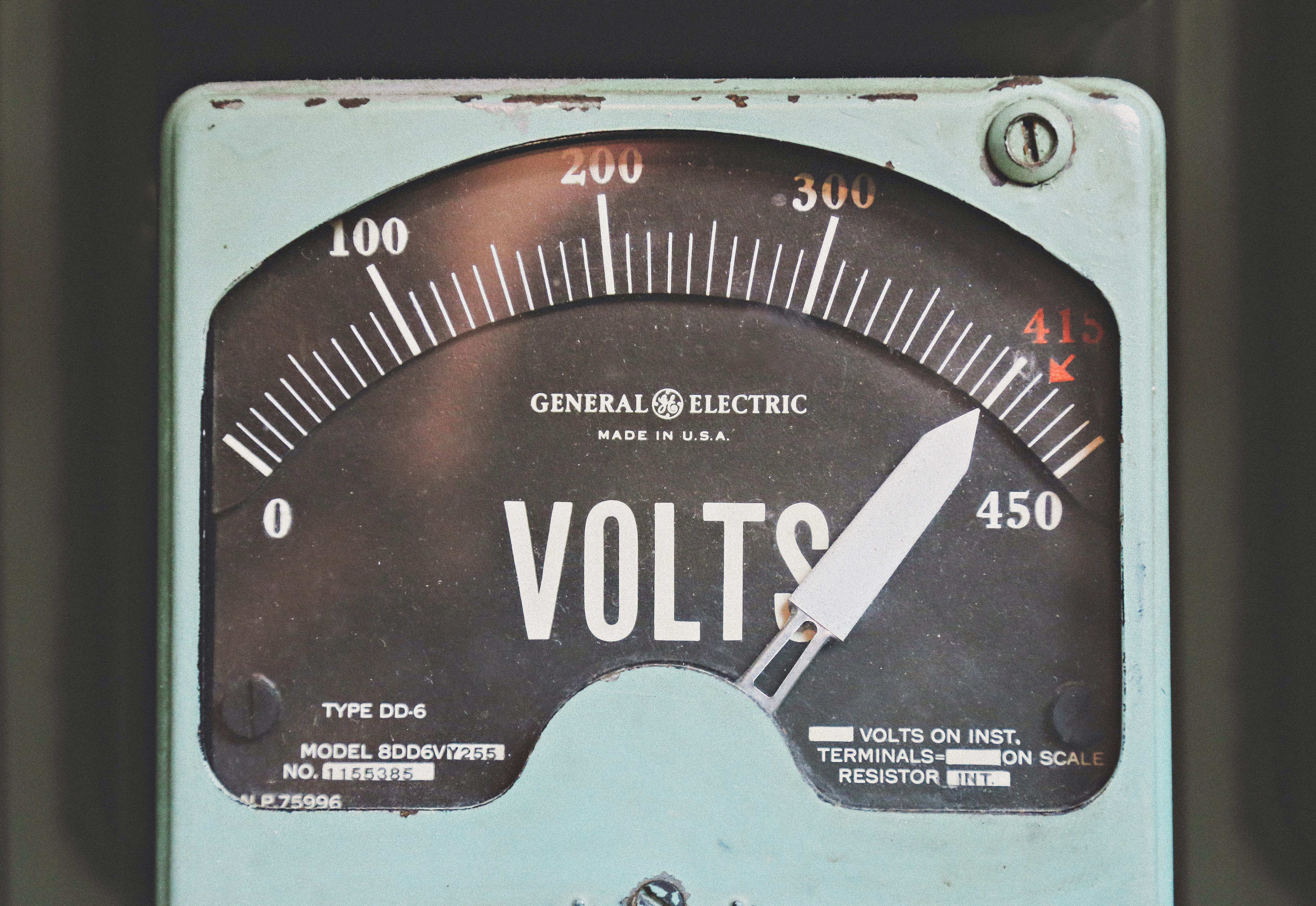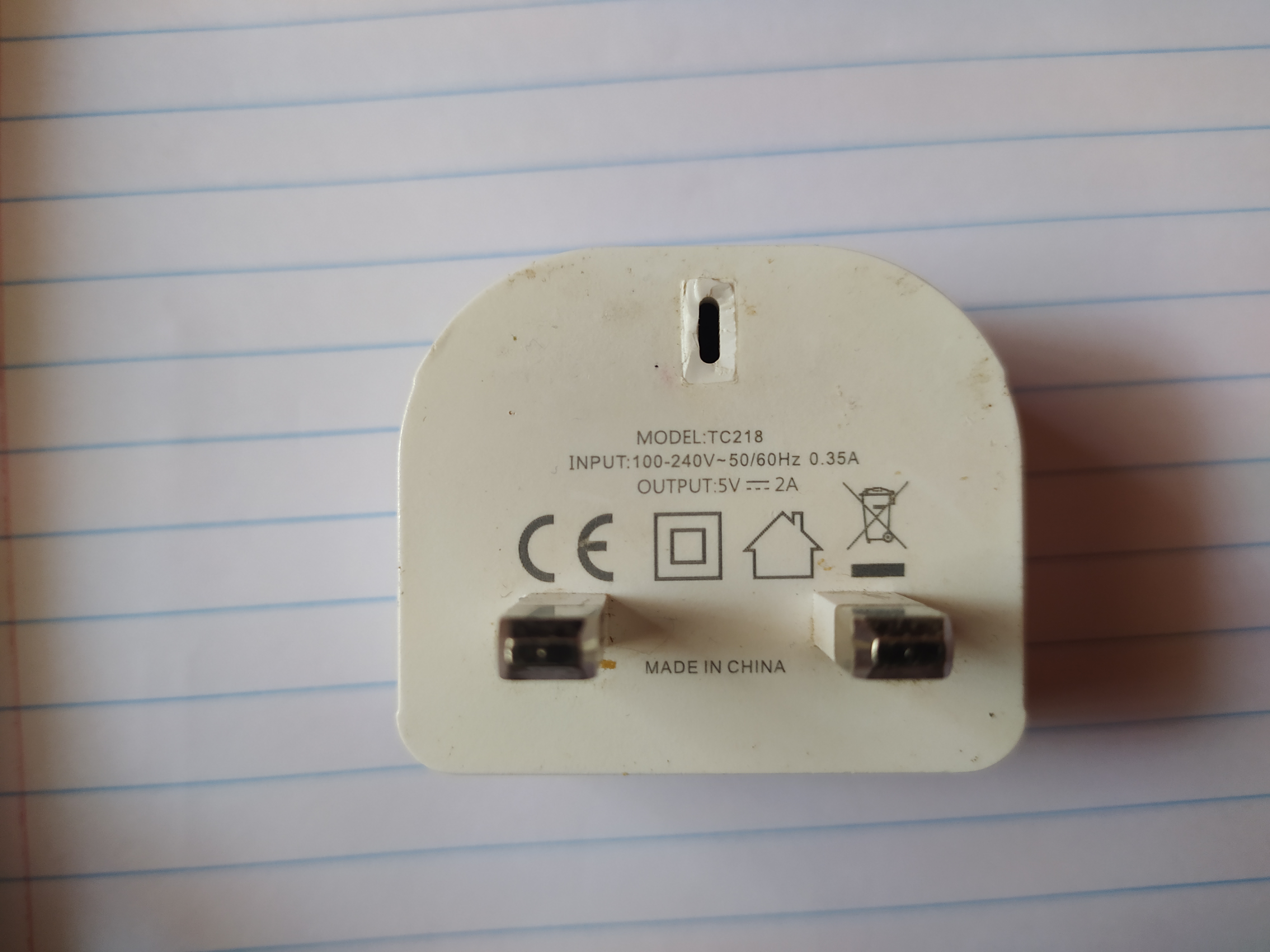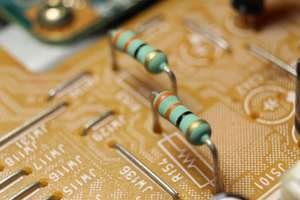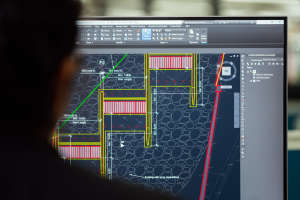
Voltage and Current – What are these things?
Reading Time: 8 Mins
Let us start with the simple explanation of Voltage.
Do you have a tap? Do you know what water is? Of course you do. A tap allows you to have water flowing and the rate of flow depends on how much you open the tap. How does water flow? Well, water is stored in a dam, pumped up to tanks a few meters above the ground and it moves from those tanks to houses. When the water is in the tanks a few meters above the ground, it is said to have potential (gravitational potential energy in this case). It is able to do work. This water in the tank exerts pressure and this pressure of the water allows for it to flow downwards to homes to be used to wash the dishes in the kitchen, cook food and more.
Voltage is very much like this pressure. It is like electrical pressure.
Now that you know voltage, let us deal with current. Let us go back to the water example. As you probably know, water flows at a rate which is determined by how much you open the tap. In electricity, electrons flow and the rate of this flow is what we mean by current. So what about the tap? The “tap” in electricity is the load. The load provides what is called the resistance. This resistance, just like the tap, limits the amount of electricity that can flow in an electrical circuit.
Time to move on to the more formal definitions!
Voltage can be defined as the measure of the difference in electric potential between two points in a circuit. - https://www.thefreedictionary.com/voltage
Now if you are new to electronics, that could be a confusing definition. Let’s start by explaining the concept of potential difference by using a bad example. Think of a set of towels. Let’s have 3 white towels. One will be extremely dirty, the second one will be a bit dirty and the first one will be very clean. If you take only two towels, one will be cleaner as compared to the other. The dirty towel will be clean when compared to the very dirty towel. In the same manner, the clean towel will be clean when compared to the dirty towel.
When measuring the voltage across two points, just like in the towel example, we measure the voltage of one point relative to another. In most cases, the other point is ground. Ground basically means zero volts. It does not mean that we put soil inside electrical devices (I actually thought that’s what it meant back then). So if one point is at 12V and the other is at 0V, then the potential difference between those two points is 12-0 = 12V. But, if one point is at 12V and the other is at 5V, the potential difference between those two points is 7V. So the actual voltage at the first point will be 12 V, but since it was measured relative to another point which is not at 0V, then the voltage displayed on the measuring instrument will be different from 12V which in this case is 7V.
Now let us get to know current.
Current is the rate at which charge is flowing. - https://learn.sparkfun.com/tutorials/voltage-current-resistance-and-ohms-law/all
I could get into the details of how there are coulombs and how it is a measure of how many coulombs of charge pass through a point in an electrical circuit per unit time, but this isn’t really important. That definition is simple enough. Current is measured in amperes (A).
Power
Power is the rate at which work is done in an electrical circuit. - https://circuitglobe.com/electric-power.html
I find this to be a rather shallow definition, but hey, that’s what people say it is.
Power, P = Voltage x Current
This is where the famous P = V x I equation comes from.
Note: You measure Voltage ACROSS two points. The potential difference exists across two points.
Current flows through a circuit. You do not measure voltage through a circuit.
Back to the water example we introduced when we started this blogpost. We said the pressure represents the voltage, the waterflow represents the current. Using this example we could say that the power is represented by the amount of “work” that can be done by water flowing at a certain flow rate and a certain pressure. This work could be rotating a waterwheel which you will then use to grind stuff. The more pressure and water flow, the more work can be done. The less pressure and less water flow, the less work that can be done.
Now, let’s have a recap of what we just learnt.
Voltage is a measure in the difference in electric potential, current is the rate at which charge is flowing and power is the rate at which work is being done.
Practical Side of things
Armed with our basic knowledge, it is time to find out what those mysterious ratings mean on electrical devices.
Every electrical device must have basic information to show the voltage that the device can be used on as well as the current it uses.
Mobile Phone Chargers
We commonly refer to mobile phone chargers as “heads.” If you have noticed, there are some chargers that seem to work much faster than others. Let’s have a short practical. Take a mobile phone charger. Make sure nobody is using it otherwise you will get yourself a free slap on the face. Look for the following:
Input, and Output.
On my charger here is what is written.

As you can see the input is 100-240V. This means you can use this charger on virtually any AC system in the world because most countries either use 120V or 240V.
Now head over to the output part. That’s the exciting part. On my charger there's the 5V and 2A text. There is also a strange bar with a dotted bar underneath it. This is a symbol that represents Direct Current (DC). Our phones use DC and also most electronic control circuits, but more about that some other time.
Armed with this information, you can make the following deductions:
The device has an input of upto 240V so it can be used here in Zimbabwe since we use 240V.
The current output is 2A.
The power of the charger is 5 x 2 = 10 W.
What this means in real life
When you have an electrical device, you need to know its requirements. In the example above, you can clearly see that my phone needs 2A of current and 5V.
This means that I can use my phone with any other charger with an output of 5V and a minimum current of 2A. I can get away with using it with a charger with 5V and 3A (15W charger) or a charger with 5V and 1A (5W charger).
If I use it with the charger with a higher current output, my device may charge a bit faster than if I used a lower current. If I use it with a charger with a lower current output then it will definitely charge much slower than if I used a higher current output.
While it is not recommended to use a charger that is not provided with the manufacturer, you can get away with using chargers with a different amount of current. You cannot do the same when it comes to voltage. If your phone uses 5V, you cannot use a 4V charger or a 6V charger. Doing so will kill the phone, the charger, or both the phone and the charger.
The same applies to other electronic devices. It is common practice to see students sharing compatible laptop chargers at school. As long as the voltage is the same, you can usually get away with it.
Witchcraft
Have you ever noticed that there are some people who are notorious for killing people’s chargers? Some of them aren’t careless at all. It is because their phone will need a high amount of current (like mine which needs 2A) and this means that they need a “lot” of electrical power (in my case, 10W). Now, we defined power as the rate of doing work. If you have a charger with 5V and 0.5A (2.5W), it is going to do a lot more work to charge a phone that needs 10W than a charger with 5V and 3A (15W). This is why it is a bad idea to lend your chargers to other people, unless if you have a high capacity charger...which may end up getting stolen. The same concepts also applies to laptop chargers.
Lesson: don’t share your chargers. If they ask why, send them to this blog.
Conclusion
Yep. It’s already time for me to go. I hope you learnt the very basics of what voltage is, what current is and why you should care. In our next blog post (which will be ready around 30 Sept), we will get to know about resistance and the digital multimeter.





Comments